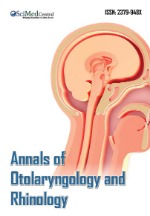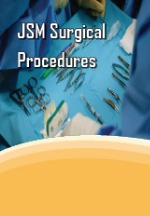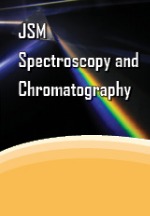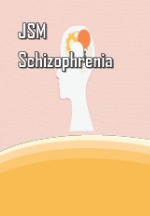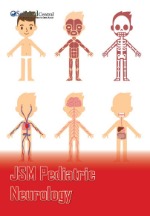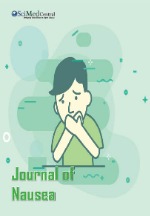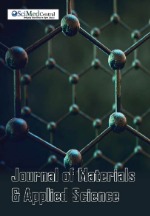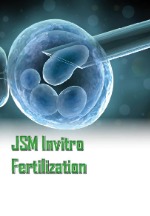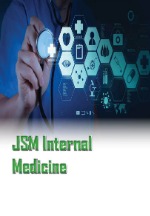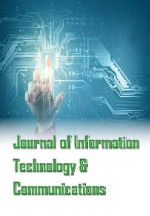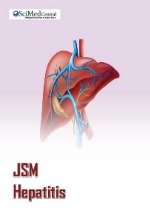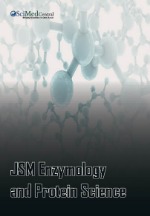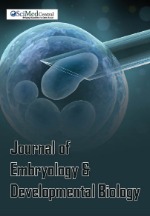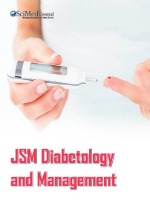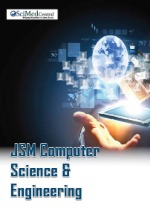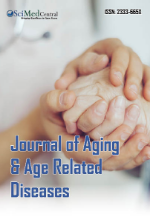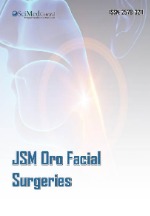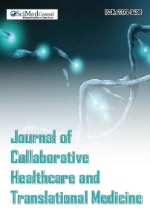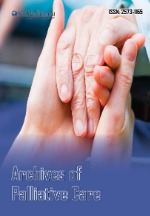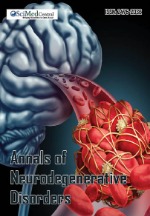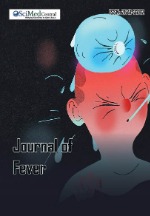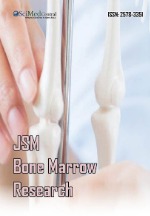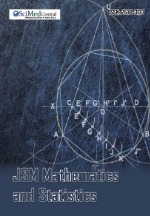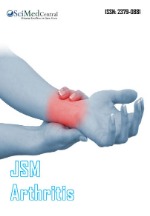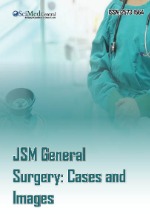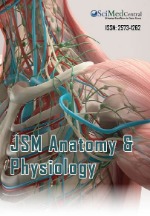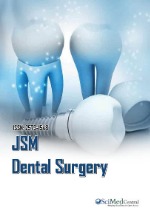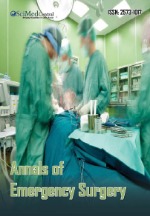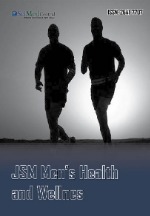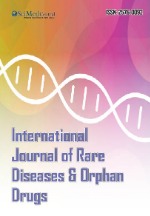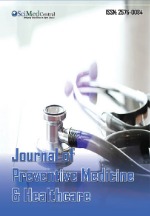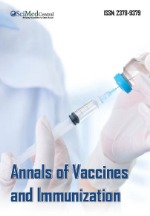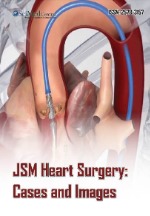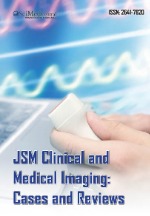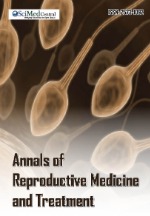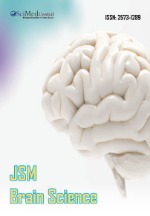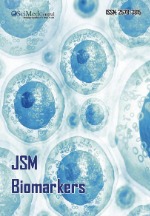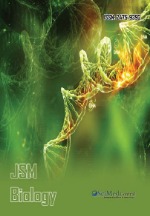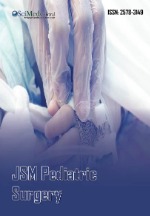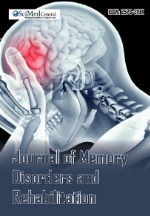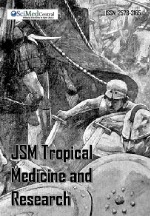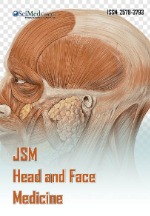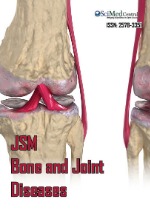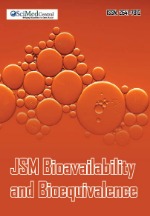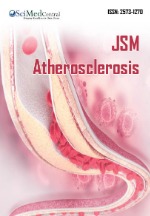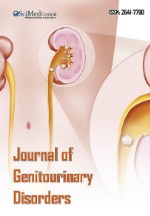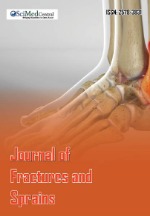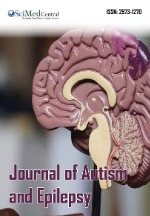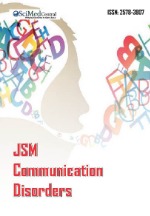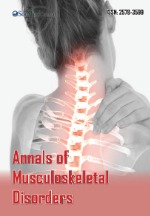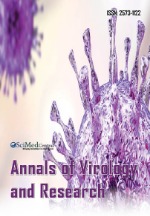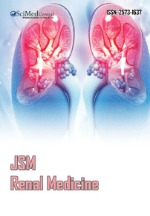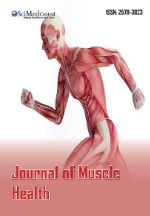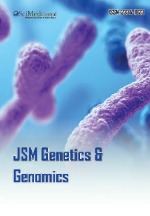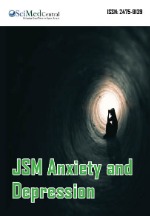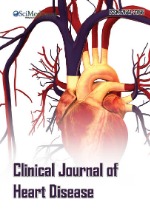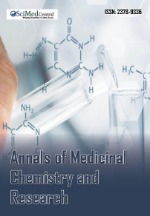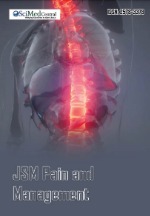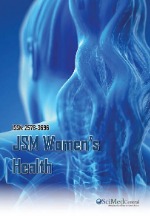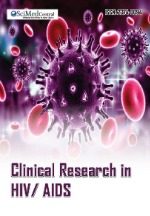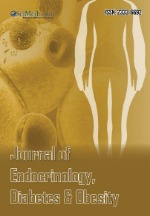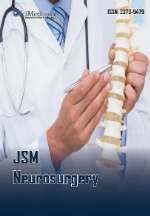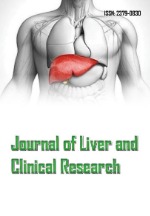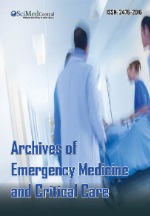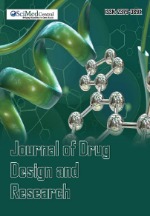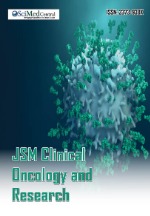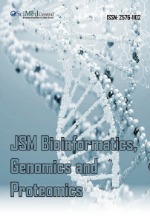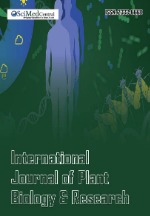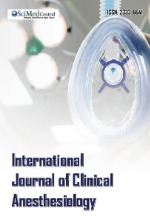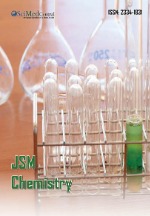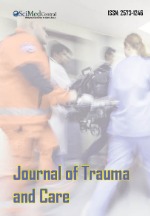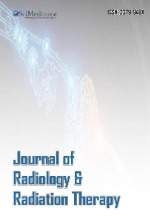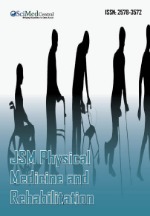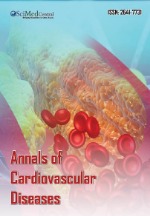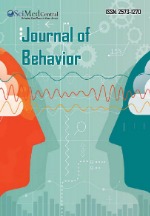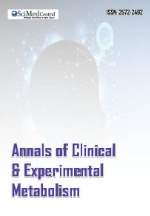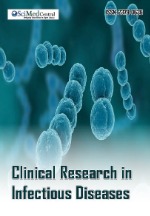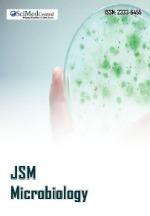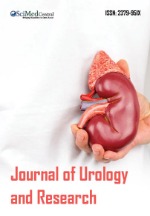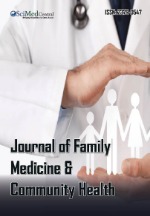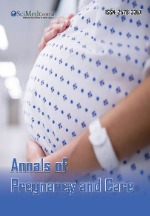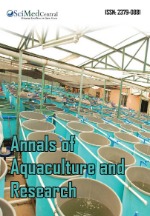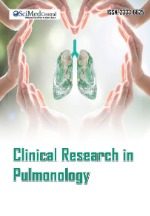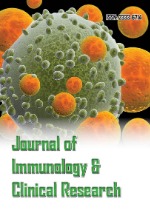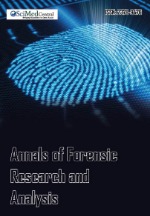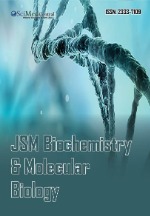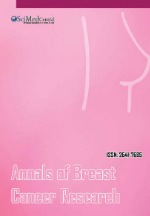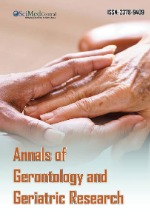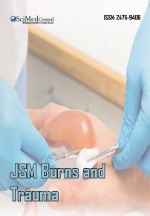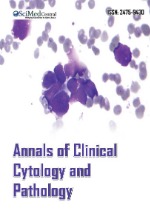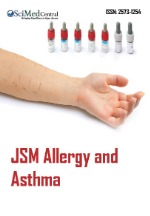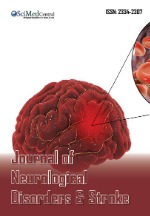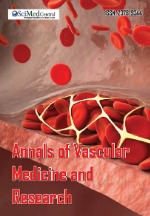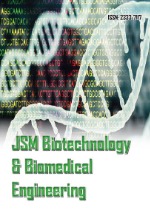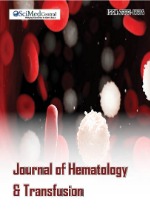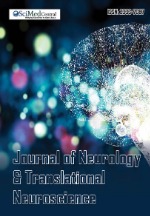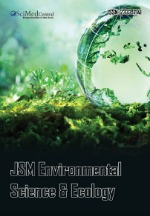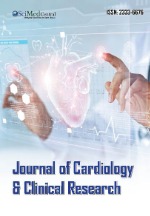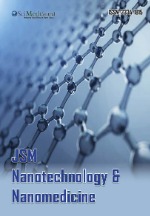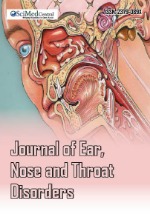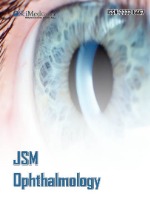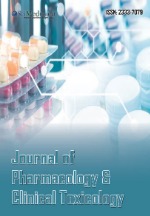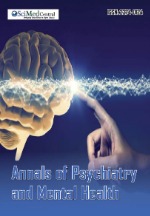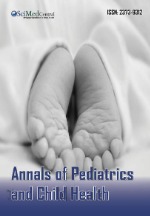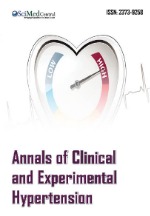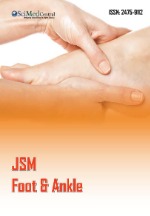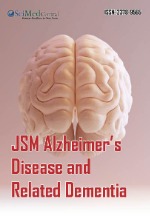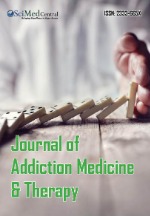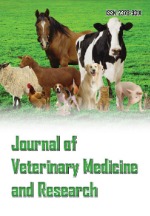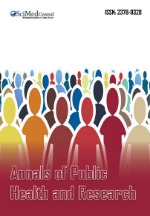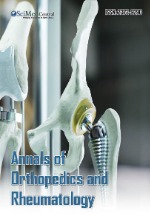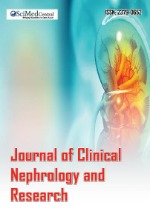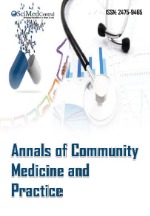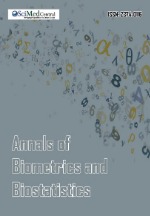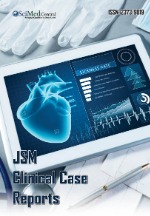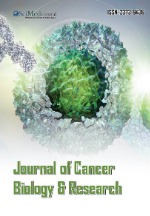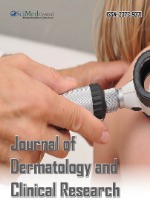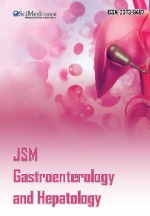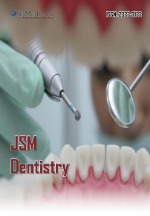Commentary from an Academic Ocular Pathologist and Pediatrician on Eye Findings in Abusive Head Trauma (AHT) and Shaken Baby Syndrome (SBS) Suspects
- 1. Director of Glaucoma and Ocular Pathology, University of California Irvine Gavin Herbert Eye Institute, USA
- 2. Department of Pediatric Ophthalmology and Strabismus, University of California at Irvine, USA
Citation
Minckler D, Suh DW (2024) Commentary from an Academic Ocular Pathologist and Pediatrician on Eye Findings in Abusive Head Trauma (AHT) and Shaken Baby Syndrome (SBS) Suspects. Arch Paediatr Dev Pathol 7(1): 1027.
Introductions
Abusive head trauma (AHT) and its subdivision shaken baby syndrome (SBS) remain extremely complex and vexing societal problems worldwide [1,2]. Among other frustrating issues is the lack of proven clinical or histopathological markers often leaving the final diagnosis to the vicissitudes of jury trials justifying the inclusion of the term suspects pending trial outcomes. The distinctions between AHT and SBS need clarification even though the clinical outcomes may be identical. The common clinical denominators of fatality in AHT and SBS are hypoxia and increased intracranial pressure (ICP).
Abusive AHT, most common in children aged five or younger without alternative diagnoses including blood dyscrasias or osteogenesis imperfecta, have long been recognized to include a triad of signs including skin bruising, skull or other bone fractures, and somnolence. They may also present with less obvious manifestations such as failure to thrive or depression. Skull fractures, more common in AHT than SBS, especially those with subdural hemorrhage may cause rapid extreme elevation of intracranial pressure (ICP) sufficient to block carotid and vertebral artery brain inflow prompting massive hypoxic brain ischemia and rapid death [3]. The coup-contrecoup brain injury common to skull fractures is thought to induce subdural bleeding by shearing brain-dural bridging vessels. We believe such trauma can mechanically injure the retinal architecture through vitreoretinal traction, more likely in infants without vitreous liquification common in adults by the mid-twenties. Injury to Müller cells may be the prescient cause of retinal hemorrhaging. Their processes intertwine with retinal vessel adventitia and the internal limiting membrane, provide transretinal support and ensheathe all other intrinsic retinal cells [4,5]. New and ongoing research utilizing an infant mouse model with human-like retinal anatomy will hopefully clarify what role Müller cells play in AHT and SBS injuries [5]. Severe injuries including skull fractures usually prompt police and social scientist inquiries into family interactions and care providers if abuse is suspected. Severe injuries have generally been interpreted as consistent only with long falls of many meters until recent case reports, some confirmed by video, demonstrating identical findings clinically and at autopsy occurring after short falls of a few feet [6].
Shaken Baby Syndrome (SBS) commonly presents in children aged three or younger with multi-layered bilateral retinal hemorrhages usually without skull or other fractures. Violent shaking of infants with poor neck muscle strength with extreme head rotations may lead to hypoxia by injuring the respiratory center in the cervical spinal cord including brain swelling, increased intracranial pressure (ICP), and death [6].
Carotid flow obstruction by high ICP impedes ophthalmic artery circulation to orbital and retinal vessels with rapid irreversible optic nerve and or retinal ischemia [3]. Subdural hemorrhage can spread around the brain surface and into the basal cistern from which it may flow anteriorly packing into the subdural optic nerve spaces at the back of the globes, possibly adding to increased ICP in the optic nerve subdural space to produce disc swelling in one or both eyes [3]. Choroidal venous congestion is common at autopsy in both AHT and SBS suspects but could be traumatic artifact of autopsy globe removal. Predeath choroidal congestion would be expected in obstructed vortex vein outflow to cavernous sinuses during increased ICP but unlikely by itself to cause retinal hemorrhaging. The cause of typical retinal hemorrhaging in SBS remains controversial but could be a manifestation of direct mechanical injury to Müller cells that provide transretinal structural support and whose cellular extensions envelope and interdigitate with the internal limiting membrane and the adventitia of retinal vessels [4,5]. Mechanical tears in the internal limiting membrane or nerve fiber layer from shearing forces induced by vitreous traction may account for the typical diffuse multilayered inner retinal hemorrhages common in SBS. Alternatively, or in addition vascular endothelial injury from ocular ischemia secondary to impaired arterial input could also lead to inner retinal hemorrhages.
In the absence of head-body hard surface contact, no fractures would be present in SBS. The usual scenario is that a stressed-out care provider reacts to infant crying by grasping the child and violently shaking its body during which the baby’s head is subjected to severe translational and torsional forces during which vitreoretinal traction may injure retinal architecture. Infant neck muscles, aged less than three-five years, are too weak to limit head motions to non-injurious rotations. Extreme neck rotations can damage the cervical spinal cord’s respiration control center interrupting normal breathing causing hypoxia, somnolence, and vasodilation of cerebral vessels and increased ICP, (cervicomedullary syndrome) [6]. Even without skull fracture and subdural hemorrhage, hypoxia may cause increased ICP and brain swelling so severe that emergency craniotomy surgery to relieve pressure may result in prolapse of brain tissue with increased risk of fatality. With skull fracture and subdural hemorrhage, even after short falls, the sequence of injury in SBS parallels that of AHT.
SBS suspects typically may present with or without skull fractures with diffuse bilateral multi-layered inner retinal hemorrhages often extending to the retinal periphery and may include hemorrhagic macular schisis [7]. One SEM ultrastructure comparative animal and child-donor study described a central retinal ring of vitreoretinal fibers approximately 600 µm in diameter [8]. Only monkeys, among nonhuman eyes studied, had similar macular anatomy. The vitreomacular ring corresponded anatomically to the perimacular ridge found histopathologically in abusive head trauma in young eyes, possibly an explanation for hemorrhagic macular schisis in infant Abuse or SBS suspects [7]. Importantly, not all Child Abuse victims including those with skull fractures demonstrate SBS eye findings but the diagnosis of SBS in non-fatal and fatal suspect cases is usually based on clinically observed retinal hemorrhages or autopsy eye pathology. The explanation for eye findings in SBS without skull fractures or any evidence of head injury is autopsy-proven or suspected cervical spinal cord injury from violent head shaking as the cause for hypoxia in infants too young to have developed strong neck muscles. Recent APP-A4 immunohistochemical (IHC) autopsy finding in AHT suspects found that 94% of 76 globes studied had APP-A4 blockade in the lamina cribrosa, to date the only highly corelated IHC finding in AHT suspects [3,9]. Although only a non-specific histologic marker to be added to those already established as typical of AHT and SBS suspects, this IHC finding should stimulate additional searching for specific markers. The similarity of APP-A4 findings in SBS and AHT suspects to those in experimental and pediatric glaucomas is an indication for routine intraocular pressure (IOP) measurement in both AHT and SBS suspects [3,9,11].
In summary, we believe that the pathogenesis of typical retinal hemorrhages found clinically and pathologically in SBS and AHT suspects may reflect either or both mechanical and ischemic injuries to Müller cells and retinal vessels.


